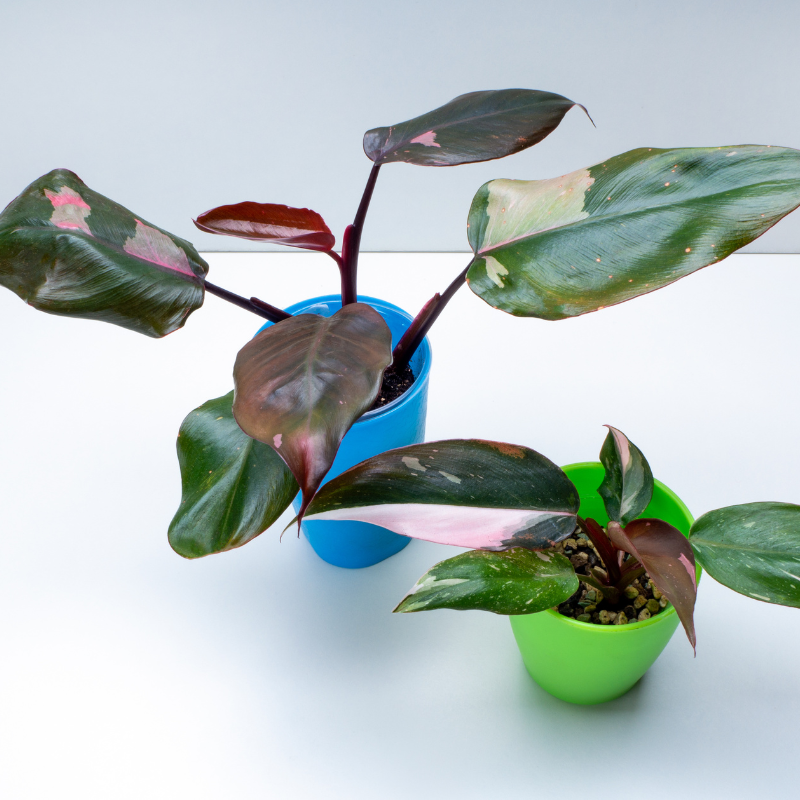- New
Pink Princess is a beautiful and easy-to-care-for plant, perfect for homes and offices.
🌿 Pink Princess Philodendron
A true showstopper, the Pink Princess Philodendron is beloved for its striking dark green leaves splashed with bubblegum pink variegation. This rare and elegant houseplant adds a bold pop of color to any space and is a favorite among plant collectors.
-
Light: Bright, indirect light helps enhance its pink variegation. Avoid direct sun which can burn the leaves.
-
Water: Allow the top inch of soil to dry out between waterings. Overwatering can lead to root rot.
-
Humidity: Thrives in moderate to high humidity — misting or a humidity tray is ideal.
-
Pet-Friendly? 🚫 Toxic to pets if ingested.
Perfect for plant lovers who want something rare, colorful, and easy to grow with a bit of extra care.


